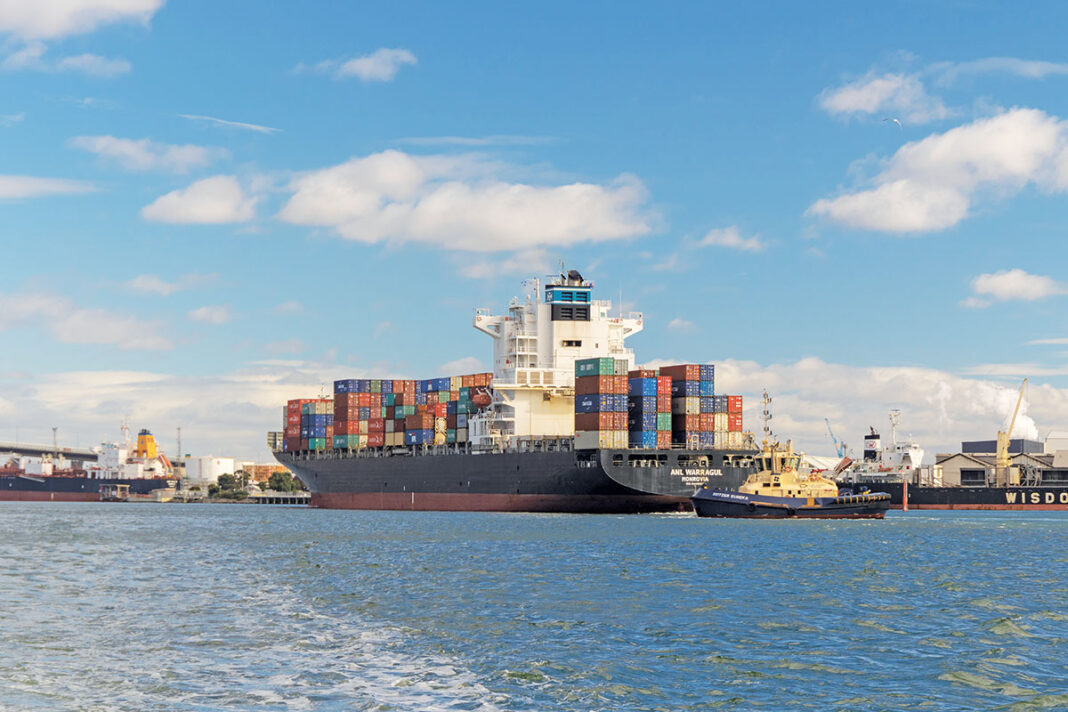In an increasingly competitive world, Australia has some innate advantages in delivering high quality red meat protein to global markets, according to Meat and Livestock Australia.
MLA believes the advantages stem from being in the right neighbourhood to access growing demand in the Asia Pacific and world-leading shelf-life performance underpinning an expanding chilled trade.
As such, Australia is the second largest exporter of chilled beef and the biggest exporter of chilled sheepmeat.
However, global shipping and airfreight have been in turmoil over the last year.
Consumer demand for goods has vastly exceeded expectations, most notably in the US, and supply chains have grappled with relentless disruptions from COVID-19.
With relatively inelastic global shipping capacity, container shortages have been exacerbated, freight rates have skyrocketed (particularly on Asia-US and Asia-Europe routes but also ex-Australia) and bottlenecks have emerged at major ports.
This stretched shipping environment has been thrown further into disarray as key international ports and their surrounding freight networks have gone into lockdown following COVID-19 outbreaks, such as at Yantian Port and, more recently, at Ningbo Port in China.
Other sources of disruption have derailed supply chains, such as the blockage of the Suez Canal or industrial action at Port Botany in Australia.
Meanwhile, airfreight has offered little reprieve from such pressures, with passenger planes – which carry the bulk of transnational air cargo – grounded and international flights deterred by caps on passengers permitted to enter Australia.
While exporters around the world have faced these same challenges, disruption has proved particularly costly for Australia’s chilled red meat trade.
Australian red meat exports declined in 2020-21 due to the recovery in the herd and flock and associated shortfall in slaughter-ready livestock – but tight supplies have been compounded by persistent freight disruption.




